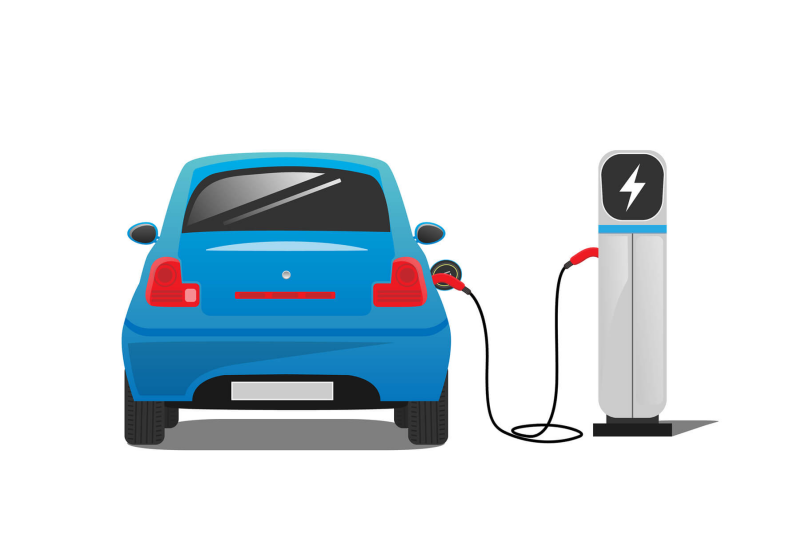Just so you understand what you’re buying, it’s helpful to know what chargers do in the general sense. We call it a charger, but technically that’s the name reserved for the component onboard the car, out of sight, that makes sure a rechargeable battery gets the appropriate amount of power — more when it’s empty and at an optimal temperature, less when it’s closer to full or is exceptionally cold.
Level 1 and 2 hardware is actually something else, technically an EVSE, which stands for electric vehicle service equipment or supply equipment. EVSEs are relatively simple and designed to ensure safety and compatibility. The following information applies whether it has a Tesla connector at the end of the cable or the other universal pistol grip, which is named after the SAE International charging standard: J1772. The most basic EVSE encloses little more than a ground-fault circuit interrupter, some switching and circuitry that communicates the amount of power it can provide to an EV.
Roughly 240 volts is a lot to be holding in your hand, especially if you’re outside in the rain or snow. The EVSE, whether it’s at home or in public, won’t provide high voltage to the cable until the connector is attached to the EV. Once the connector is inserted, the car detects the EVSE’s pilot signal, which indicates how much power it can provide. Then charging can commence and the EVSE throws a switch, a heavy-duty relay called a contactor, which energizes the cable. You can usually hear this contactor click.
Similarly, if you go to remove a J1772 connector from an EV, the moment you press the release button, both the car and the EVSE will shut off charging so there’s no danger. (The same happens before a Tesla will release the charging connector.)
With the exception of the different connectors — Tesla and J1772, both of which can be adapted to work with the other for Level 1 and 2 charging — all chargers (to return to the casual name) follow the SAE J1772 standard that governs EV charging. This means any charger should charge any electric vehicle, and you don’t have to worry about the charger being too strong for your car even though some chargers have more power than some cars can exploit.
Post time: May-09-2023









